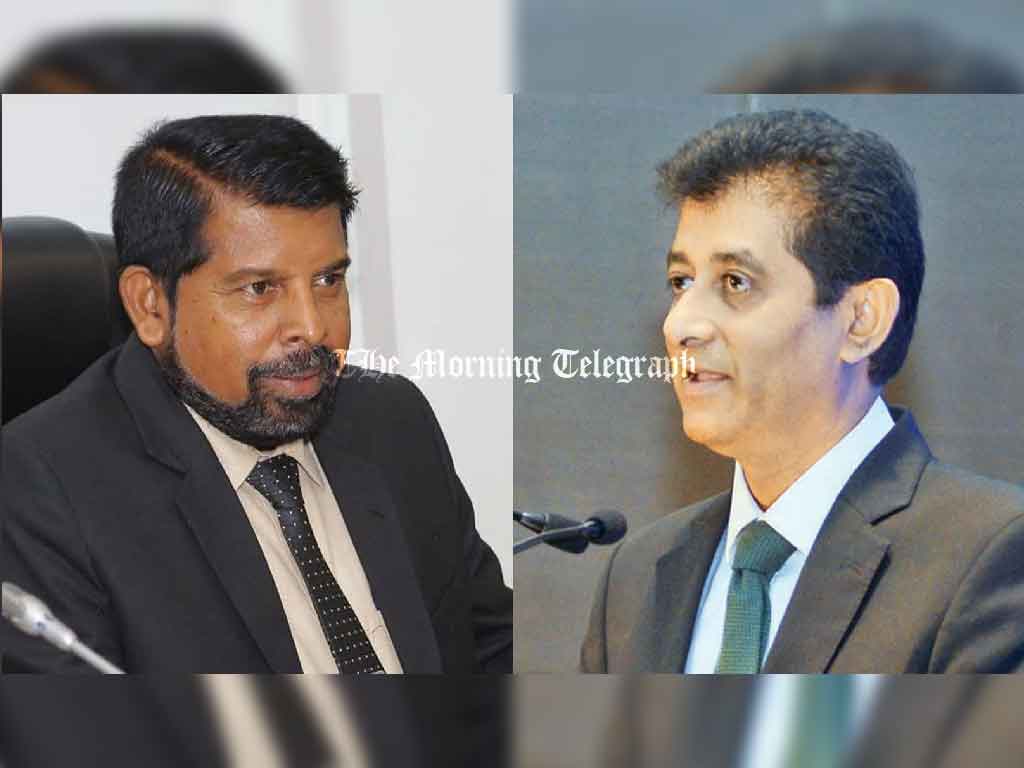
A clash has emerged between Public Administration Minister Professor Chandana Abeyratne and Senior Presidential Advisor Duminda Hulangamuwa over the future of Sri Lanka’s public service. The disagreement centers around differing views on how to address the country’s large public sector and its sustainability in light of the ongoing economic challenges.
Minister Abeyratne emphasized that the government has no plans to reduce the number of public service employees. Instead, he focused on improving productivity within the sector. Speaking to the media, Abeyratne outlined the government’s strategy of focusing on efficiency rather than downsizing. He stated that cutting public service jobs would only create further crises, and stressed that future recruitment will prioritize productivity improvements.
“We are not considering job cuts. The goal is to enhance the efficiency of the public sector, not to shrink it,” Abeyratne explained. He pointed out that past administrations had recruited graduates as development officers temporarily without considering their productivity, a practice he intends to address gradually moving forward.
However, Senior Presidential Advisor Duminda Hulangamuwa took a different stance, stating that Sri Lanka can no longer afford to maintain such a large public sector. According to Hulangamuwa, the government needs to reduce the public service workforce by approximately 750,000 employees. Hulangamuwa’s comments came during an event in Colombo, where he stressed that with the treasury’s financial limitations, the large public sector is unsustainable.
“As we move forward, I can tell you that the funds available in the treasury will not be sufficient in the coming years. We cannot afford to have such a large public sector. Therefore, we must rationalize public services, cut numbers, and embrace digitalization,” Hulangamuwa stated.
This disagreement highlights a significant divide within the government on how best to address the challenges posed by an oversized public sector, with some advocating for reductions in workforce numbers, while others push for a focus on improving productivity and efficiency. The issue remains a point of contention as the government grapples with ways to balance fiscal sustainability and public service effectiveness.




